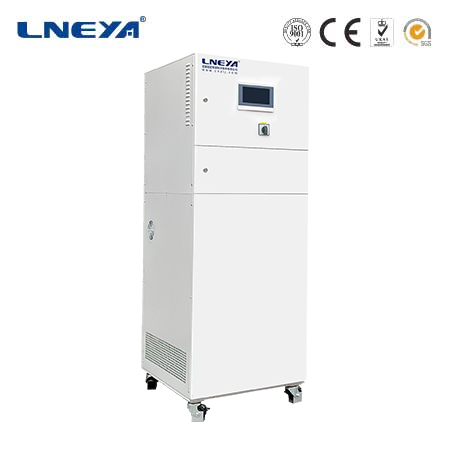chiller 300 tr
Understanding Chiller 300 TR
A chiller with a capacity of 300 tons of refrigeration (TR) is a significant piece of equipment used in various industries for cooling purposes. It operates on the principle of vapor compression, where a refrigerant circulates through the system, absorbing heat at the evaporator and releasing it at the condenser, thereby cooling the water that is circulated through the HVAC system or industrial process.

Operation and Efficiency
The efficiency of a chiller is determined by its coefficient of performance (COP), which is the ratio of the cooling output to the energy input. Factors such as the type of compressor, refrigerant used, and operating conditions significantly influence the chiller’s efficiency. Modern chillers are designed with energy-saving features such as variable frequency drives (VFDs) for the compressors and advanced control systems that optimize performance based on real-time data.
Calculating Cooling Capacity
The cooling capacity of a chiller can be calculated using the formula Q = mcΔT, where:
Q is the chiller capacity (in BTUs or kW),
m is the mass flow rate of the chilled water (in pounds or kilograms per hour),
c is the specific heat capacity of water (approximately 1 BTU/lb°F or 4.1868 kJ/kg°C), and
ΔT is the temperature difference between the chilled water supply and return (in °F or °C).
For a 300 TR chiller, this calculation will help in determining the actual cooling output and ensuring the chiller is appropriately sized for the application.

Sizing and Selection
Proper sizing of a chiller is essential to match the cooling load requirements of the building or process. Oversized chillers may lead to inefficient operation and higher energy consumption, while undersized chillers may not meet the cooling demands. Chiller selection should also consider factors such as the ambient temperature, type of application, and future expansion plans.
Installation and Maintenance

Proper installation of a 300 TR chiller is critical for its performance and longevity. This includes ensuring the correct alignment of the chiller components, proper piping to prevent water hammer, and adequate space for maintenance access. Regular maintenance, such as cleaning the heat exchanger coils, checking refrigerant levels, and inspecting the electrical components, is essential to keep the chiller operating efficiently.
Conclusion
A 300 TR chiller is a substantial piece of equipment that requires careful consideration during the selection, sizing, installation, and maintenance phases. By understanding the principles of chiller operation and efficiency, operators can ensure that these chillers provide reliable and energy-efficient cooling for a wide range of applications. The ongoing advancements in chiller technology contribute to improved performance and sustainability in the HVAC and industrial sectors.
Related recommendations
chiller control system
305Chiller Control System A chiller control system is an essential part of a refrigeration system that is responsible for maintaining the desired temperature by removing heat from a process or spa...
View detailsthe difference between air & water cooled chiller
522The Difference Between Air-Cooled and Water-Cooled Chillers Industrial processes often generate significant amounts of heat, necessitating the use of cooling systems to maintain optimal operati...
View detailssistem water cooled chiller
361Understanding Water-Cooled Chiller Systems Water-cooled chiller systems are an essential component of Heating, Ventilation, and Air Conditioning (HVAC) in commercial, industrial, and institutio...
View detailssmall heating system
144What are Small Heating Systems?Small heating systems are self - contained or integrated heating units designed to meet the heating requirements of relatively small - sized areas. These areas can ...
View details
 LNEYA Thermal Test Chillers
LNEYA Thermal Test Chillers





HelloPlease log in